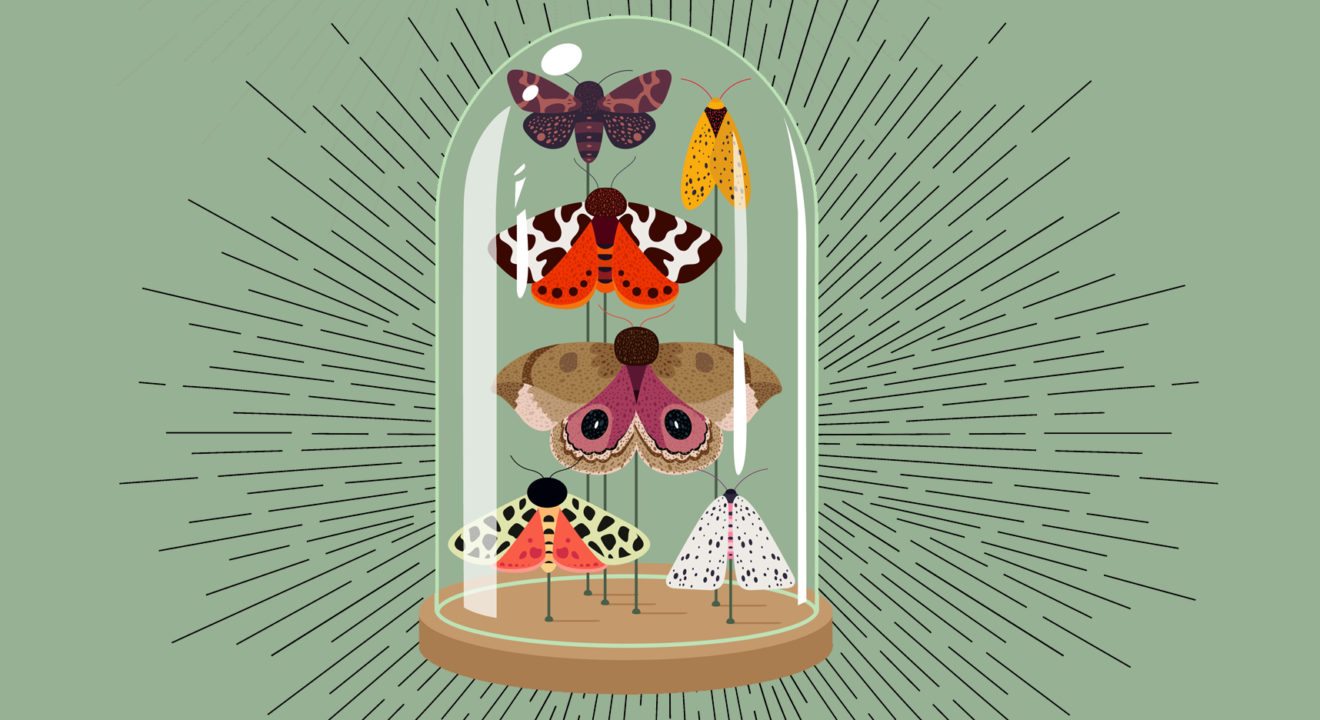Culture August 9, 2016


Esther Greenwood has just won a swanky internship at a magazine in New York City in Sylvia Plath’s “The Bell Jar,” but her time in the city is not what she expected. She’s neither excited nor stimulated by what’s going on around her. She recounts her time at the internship with little feeling and longs to return to her lifestyle in Boston.
But when Esther gets to Boston, she is denied entrance into a writing course she desperately wanted to attend and becomes even more depressed. Her entire identity hinges on her academic career and when she leaves she doesn’t know what she wants to do. She doesn’t think she has enough life experience to write a novel and none of the choices she is presented with as a woman (motherhood or stenography) are appealing.
The uncertainty of the future depresses Esther further and she finds that she is unable to sleep. When she is sent to a see a psychiatrist, she immediately mistrusts him when he fails to listen to her and prescribes electroconvulsive therapy (ECT) as a treatment. After one treatment she refuses to see him again but her mental health worsens.
Throughout the novel, Esther seriously considers suicide by swimming far out to sea or making her way into the crawl space of her home with sleeping pills. Esther thinks herself already gone when she wakes up in a hospital but is saved and sent to a mental institution.
During her stay at the hospital, funded by her patron, Esther is once again subject to ECT, and this time, she takes to it well, saying it lifts the bell jar that had previously been suffocating her. As she discusses her fears with her therapist, Esther is relieved of her stresses. The novel ends with Esther meeting a panel of doctors who will attest to her mental competence and ability to leave the hospital.
Plath wrote “The Bell Jar” in the United Kingdom but didn’t want to publish it until over a decade later in the United States. When Plath did publish the novel, it was received with indifference and pushed to the sidelines.
Today, however, the novel is widely acclaimed for its accurate depiction of what it’s like to live with depression and experience a mental breakdown. The media often portrays depression as constant sadness, but through “The Bell Jar,” it is revealed that depression is the inability to form relationships and attachments because you don’t care enough to establish them. While depression manifests differently in everyone, many people have been able to relate to what Esther went through – both with her depression and the rapid decline that led to a mental breakdown.
The bell jar is a metaphor for Esther’s depression; it covers her and isolates her from the world, but suffocates her at the same time because she cannot escape from her own thoughts. Because of the glass in front of her face, there is a distorted view of reality, and she is unable to come to terms with what went on outside the jar.